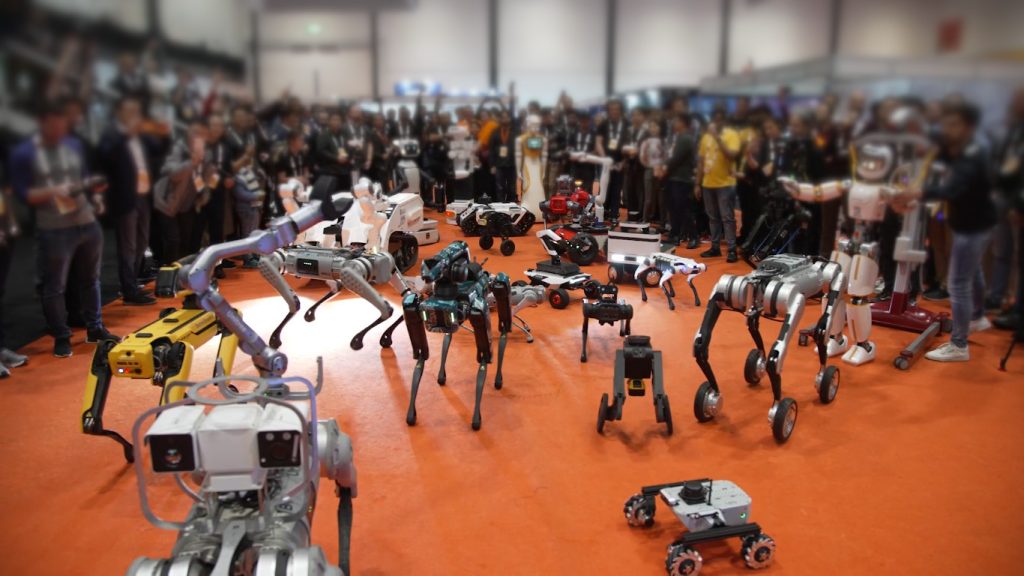MuZero, AlphaZero, and AlphaDev: Optimizing computer systems
MuZero, AlphaZero, and AlphaDev: Optimizing computer systems
MuZero, AlphaZero, and AlphaDev: Optimizing computer systems
MuZero, AlphaZero, and AlphaDev: Optimizing computer systems
MuZero, AlphaZero, and AlphaDev: Optimizing computer systems
MuZero, AlphaZero, and AlphaDev: Optimizing computer systems
Should robots be given a conscience?
#ICRA2023 daily video digest

If you missed the 2023 edition of the IEEE International Conference on Robotics and Automation in London, here we bring you the video digests that were made each of the main days of the conference. Enjoy!
Tuesday 30th May
Wednesday 31st May
Thursday 1st June
Robot Talk Episode 52 – Sara Bernardini
 Claire chatted to Sara Bernardini from Royal Holloway University of London all about decision-making, reconfigurable robots, and oceanography.
Claire chatted to Sara Bernardini from Royal Holloway University of London all about decision-making, reconfigurable robots, and oceanography.
Sara Bernardini is a Professor of AI at Royal Holloway University of London, the Principal Research Scientist in AI and Data Science at the National Oceanography Centre and a Fellow at the Alan Turing Institute. Her research in decision-making for autonomous systems lies at the intersection of AI, cognitive robotics, and mathematical optimisation. Most of her work focuses on planning for single-agent and multi-agent systems to enable them to act intelligently in real time despite resource and environmental constraints, noisy or faulty sensors, imperfect abilities and extreme conditions.